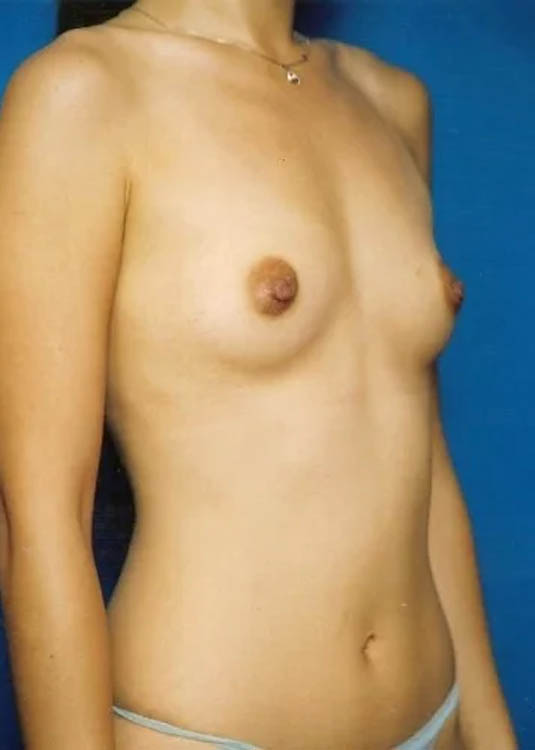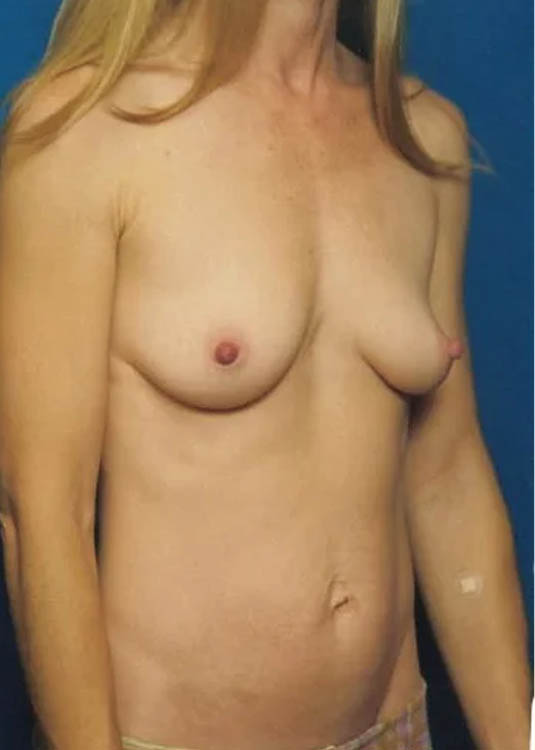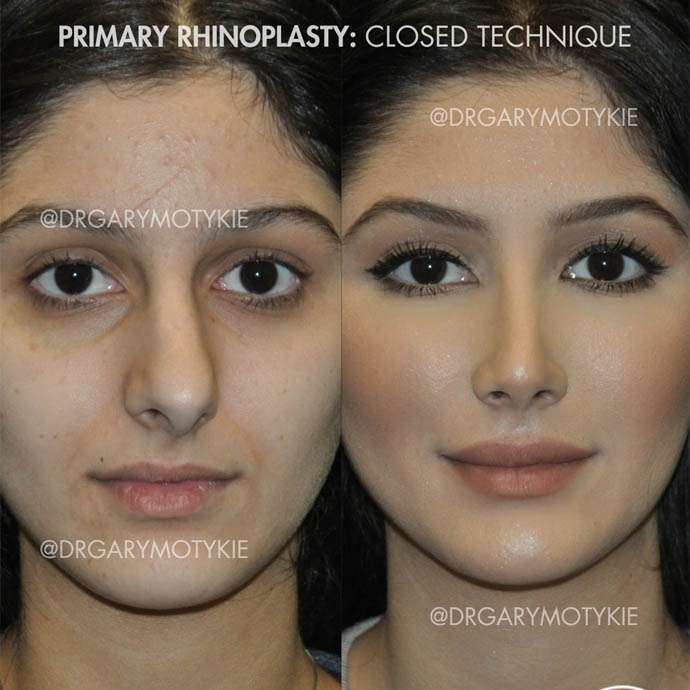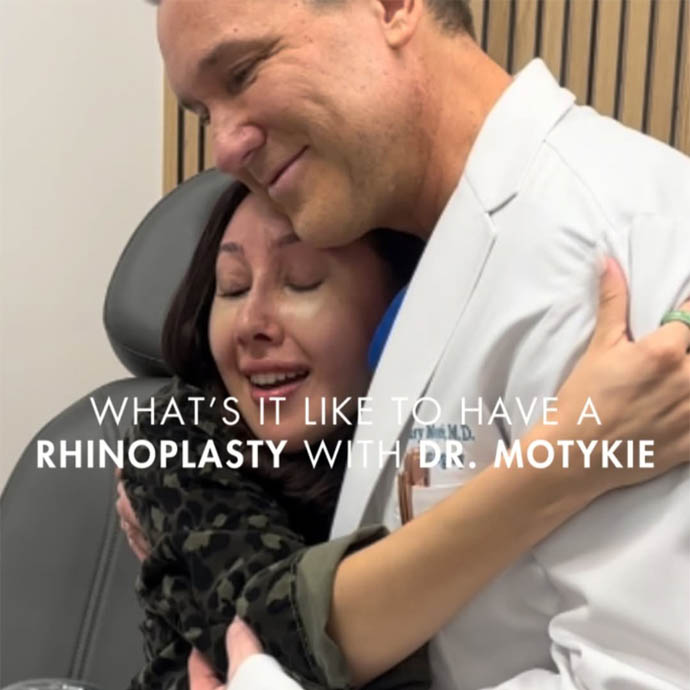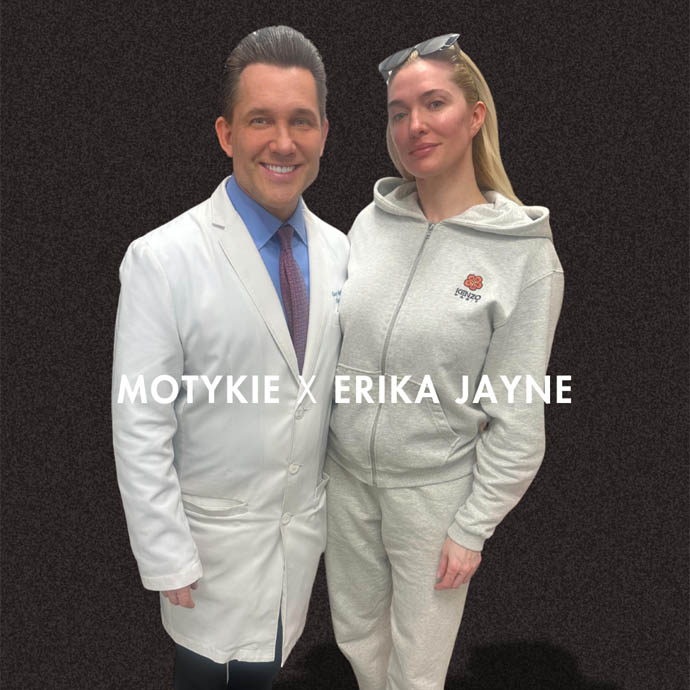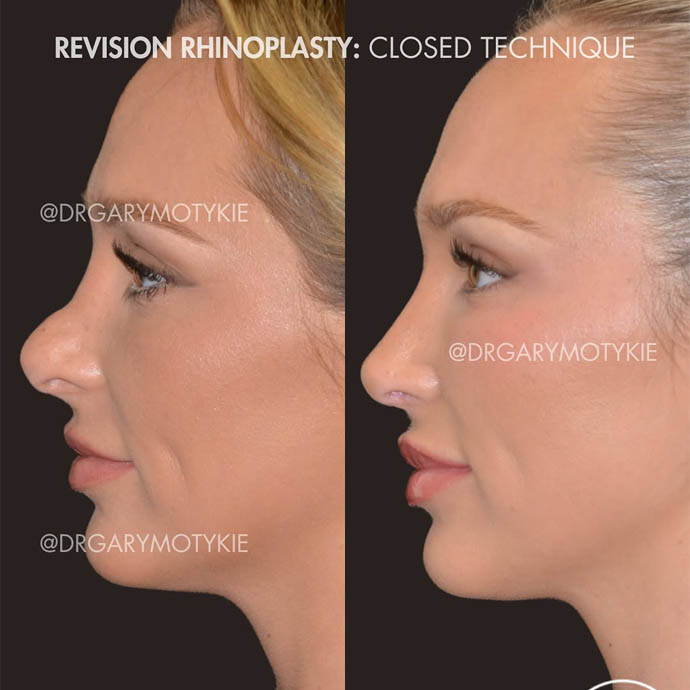Taking the first step toward your dream of enhanced confidence and beauty has never been easier. Schedule a consultation with Dr. Gary Motykie to begin your breast augmentation journey in West Hollywood and the greater Los Angeles area. This initial meeting allows you to discuss your aesthetic goals, explore implant options, and understand the procedure in detail.
Dr. Motykie’s expertise ensures that you receive personalized care tailored to your unique needs, setting the stage for a successful and satisfying outcome.
